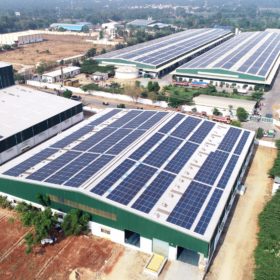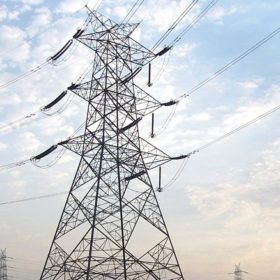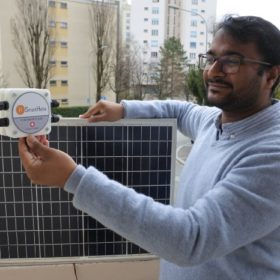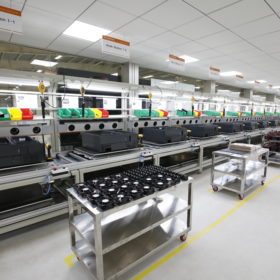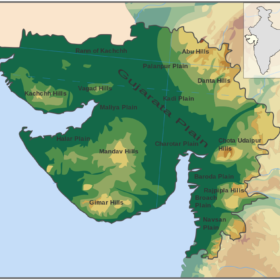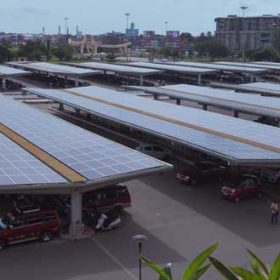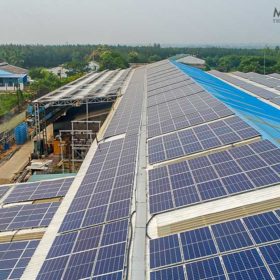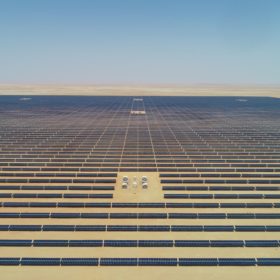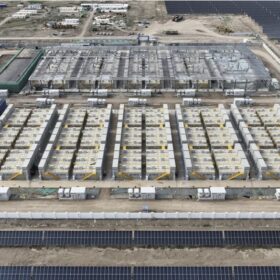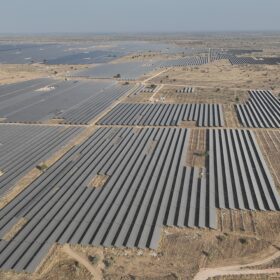Odisha tenders for 10 MW of solar in Konark town
Developers have until November 10 to submit bids for the grid-connected, ground-mounted solar generation capacity. The project will be set up on a build-own-operate basis in Kalahandi district to meet the electricity needs of the town.
Self-assessment tool for renewable energy action
The Portal for Renewable Energy Action Assessment Metrics is an online rating system which enables businesses to self-assess their renewable energy consumption.
India still nowhere near energy sufficiency
The government is trying to harness renewables to increase domestic output but will need a more liberal energy market and to consider the structure of procurement auctions, cloying red tape and the financial travails of state utilities if it is to achieve its goals, says Rakshika Kaul of Amp Energy India.
Indian-led start-up raises Swiss funding for solar diagnostic tool
Swiss-based SmartHelio claims to have witnessed a near 200% jump in demand for its deep-data driven solar asset management solution, which plugs into solar panels or energy storage systems. Sales of the internet-of-things enabled, cloud product have leapt in the last six months.
Eden Renewables bags 1.35 GWp of solar projects in four months
The generation capacity – three 450 MWp projects in Rajasthan – is expected to be commissioned towards early 2022.
IRENA presents $2tn plan to drive 5.5m renewables jobs by 2023
Doubling down on renewable energy investment and energy transition spending is required to ensure a truly green global recovery from the Covid-19 crisis and its economic aftershock, claims the International Renewable Energy Agency.
Gujarat tenders 500 MW of solar
Projects can be established anywhere in the state which has spare grid capacity, with the relevant substations listed on the Gujarat Energy Transmission Corporation website.
Tata Power to set up Indian health sector’s largest solar carport
The developer will commission a 335 kWp ‘carport-style’ solar plant for Apollo Gleneagles Hospital in Kolkata city, West Bengal. It is estimated the plant will generate around 426 MWh of electricity for the hospital per year and reduce annual carbon emissions by 80kg.
Tender for 7.5 MWp of grid-connected rooftop solar in Andaman
October 20 is the final date to submit bids for the generation capacity, which will be set up on buildings on the islands of Middle and North Andaman.
Auctions show Indian renewables still primed for growth
A report by the Institute for Energy Economics and Financial Analysis says there is plenty of investment capital available for Indian renewables despite pandemic disruption.

